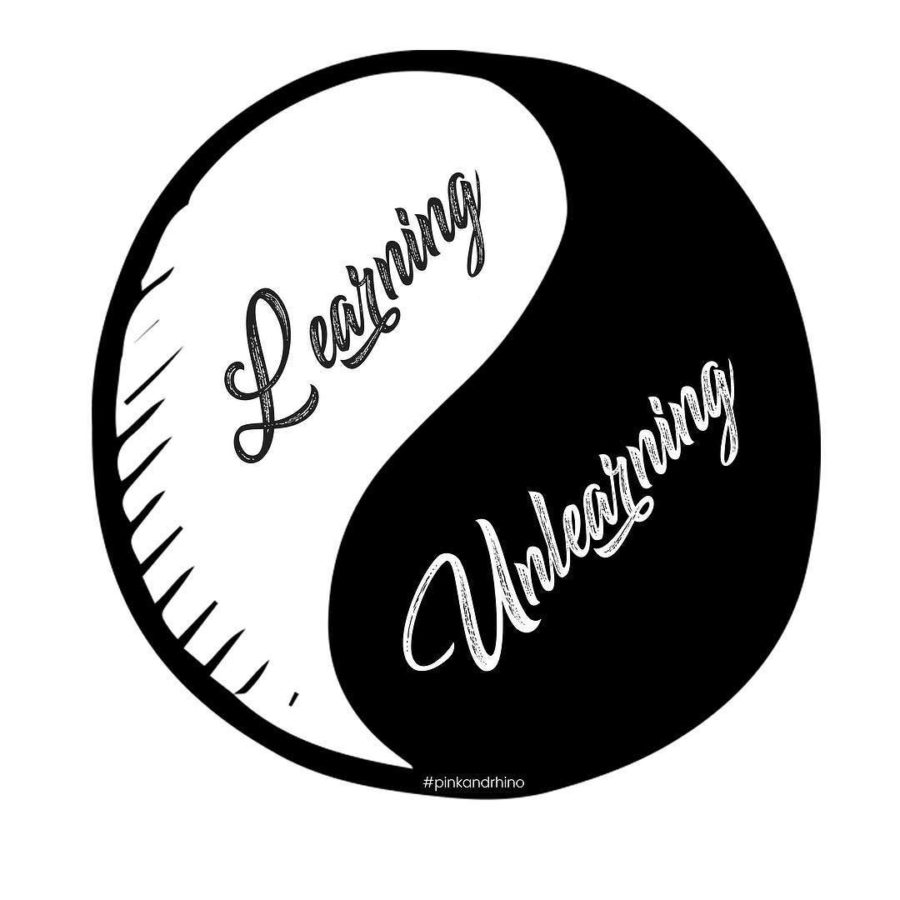Goss: Build good habits, eliminate bad ones with these easy methods
Learning and unlearning habits
September 2, 2019
Actions help shape our lives. From working out and eating a healthy dinner to meditation, these actions can improve our lives. If you do these actions for a long period of time, they become a habit.
This is especially important for college students who want to succeed by building study and life habits that will contribute to that success.
Unfortunately, not all habits that one develops in college are beneficial. Some habits, like procrastination, can be extremely detrimental to success in both college and life. If you want to develop more good habits, or break the bad ones, there are methods for doing so and they are easy.
The first method to developing or eliminating habits comes from James Clear, author of Atomic Habits. In the second part of the book, Clear advises that in order to help develop a good habit, you must “make it obvious.” In other words, develop a cue (which signals the start of the habit) that is immediate and directly available. If you want to start going to the gym before class, put your workout clothes instead of your normal attire on the dresser before you go to bed. When you get up in the morning, the most immediate outfit to put on is the one you want to exercise in.
Conversely, if you want to break a bad habit, Clear says to “make the habit invisible.” Want to kick coffee in the morning? Move the coffee pot to a new area so it is hard to retrieve. The cue for making your coffee (the coffee pot) is more difficult now since the cue is in a new place that would make performing your bad habit harder.
Another way to help form better habits is to track them. Tracking habits allows you to stay accountable and log your development over time. Every time you complete a good habit, mark it, like a tally in a journal. This tracks your progress and repetition of a habit, reinforcing its development. Bad habits should also be tracked if possible. Each time you perform a bad habit, mark it down. As you reduce the frequency of the bad habit, that progress can be quantified by your tracker remaining stagnant.
One other avenue for habit development is habit chaining. This is done by linking the habit you wish to develop to activities or other habits you are already doing. Take the example of going to the gym. Say you brush your teeth before bed. As soon as you finish brushing your teeth (a normal activity), set your workout clothes out on the dresser (the chained cue). This action of linking developing habits to existing ones can automate the repetition needed for habit growth without drastically altering how you go about your day.
Using these methods to develop better habits can transform everything you do as an individual. Even if you only use one of these methods, they provide a vehicle for changing existing habits, eliminating bad ones or developing new ones. And as the old adage goes: “change your habits, change your life.”







